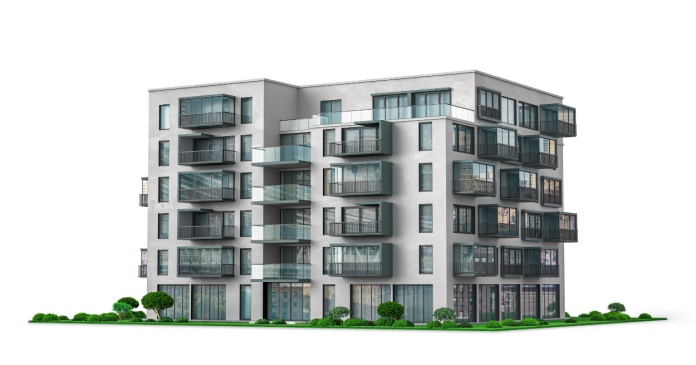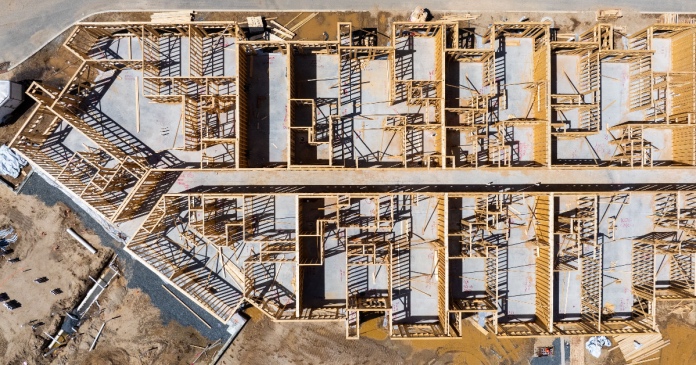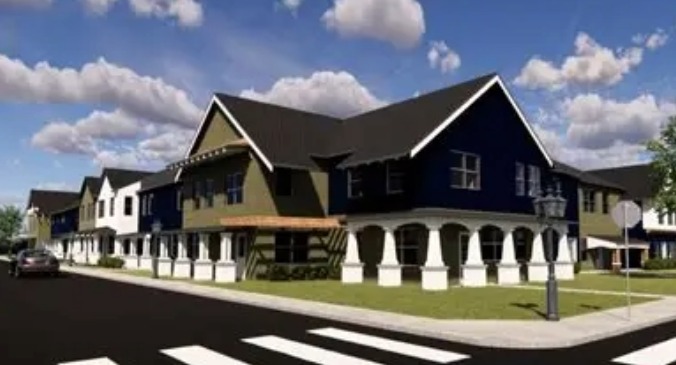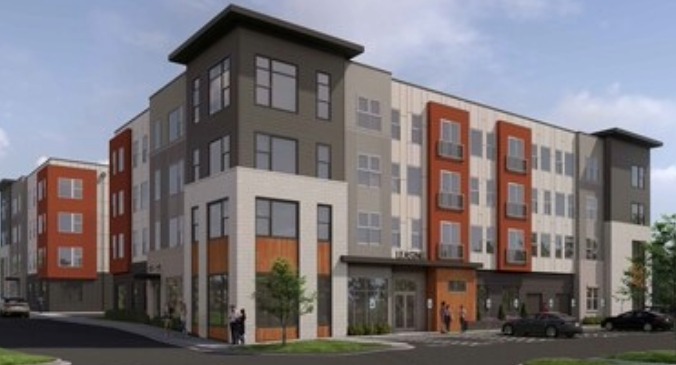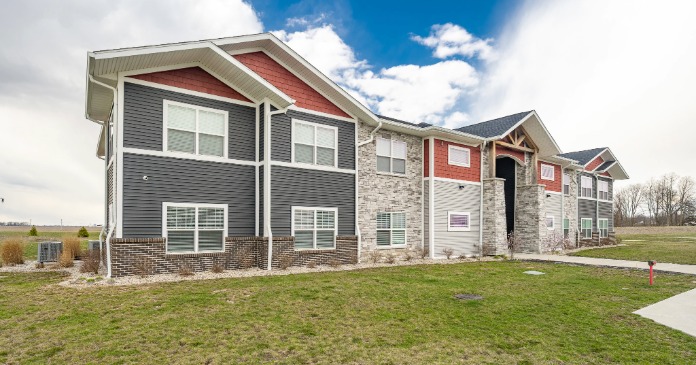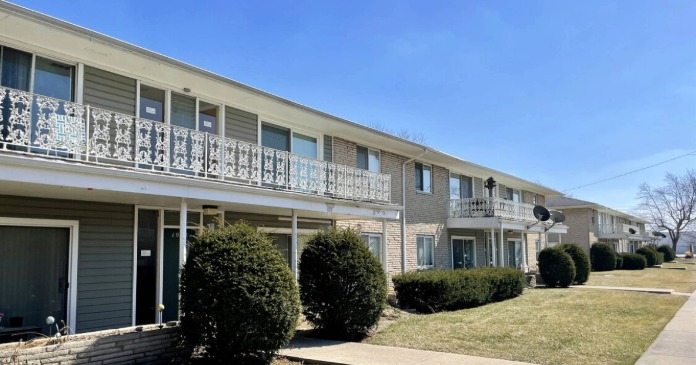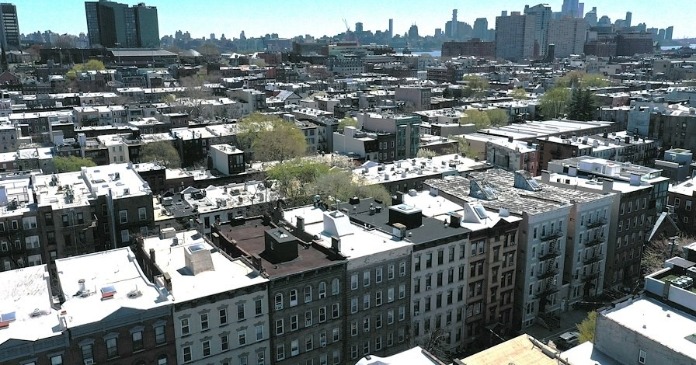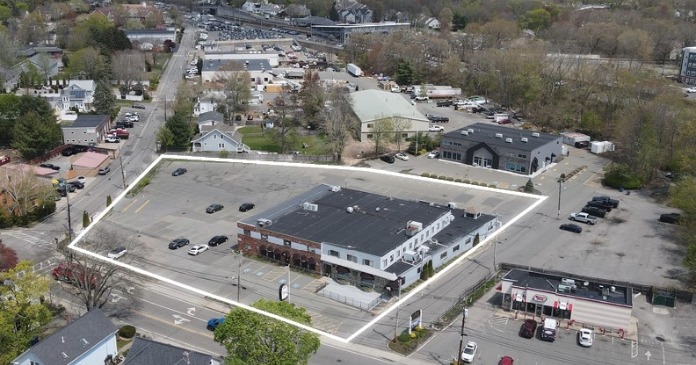The trend away from home ownership to renting appears to reflect not only the weakening of personal finances, but a move away from long-held notions of home ownership.
“There’s the American dream, that owning a home improves and strengthens communities,” said John McIlwain, a senior fellow at the nonprofit Urban Land Institute. “But what we’ve learned over the past few years is that many people simply are not ready to own a home.”
A new review of U.S. Census data conducted by Harvard University’s Joint Center for Housing Studies and the Associated Press shows 33.6 percent of American households are renters, up from the 31.6 percent of households who rented before the housing bubble burst in 2007.
That percentage increase translates to an increase in 3 million households that once numbered among the nation’s homeowners becoming renters. That number is expected to at least double by 2015.
“We are getting a steady flow of foreclosure joining the rental market,” said Scott Condrey, owner of Upland-based Hawes Real Estate Residential Property Mgmt.
He said a house in Upland rents for $1,600 to $1,800 per month.
That amount is not much lower than $1,912, which Mortgage Lenders Plus, a lender directory, reports as California’s average monthly home payment. But it’s also widely reported that home loans are much harder to obtain than before the recession.
The post-recession trend portends not only changes in national and Southern California construction patterns—more apartments, fewer houses—but also a reversal of post-World War II suburbanization and aspirations toward home ownership.
“There’s been a lot of talk about the socalled Millennials, the children of the baby boomers, they’re not quite as attached to the single-family, detached residence in a far suburb,” said Jim Mulvihill, professor emeritus at Cal State San Bernardino.
Mulvihill, who studies urban planning, remarked that young adults who grew up in places like the Inland Empire watching their parents commute to long-hour-jobs in Los Angeles and Orange County would rather forgo such drives—and the high price of gasoline—by living in urban centers like downtown Los Angeles or the Gaslamp District in San Diego.
Mulvihill said roughly half of his students say they have no plans to ever have children and shrinking family sizes mean fewer people who aspire to a suburban lifestyle.
Besides changing lifestyle patterns, Mulvihill said the past years’ collapse of housing prices has jaded the widely-accepted view that home ownership is the best investment an average person can make. But in the short term at least, Condrey said most of his customers are looking for affordability.
“Right now, I would say the predominant force is dollar amount,” he said. Construction statistics show Southern California developers see more demand for apartments than houses.
The number of multifamily building permits issued during the first four months of 2011 in Greater Los Angeles is up nearly 28 percent when compared to the same period last year, according to the Construction Industry Research Board.
Los Angeles area permits for single family homes are down by about 17 percent.
Author: Andrew Edwards, The Sun



